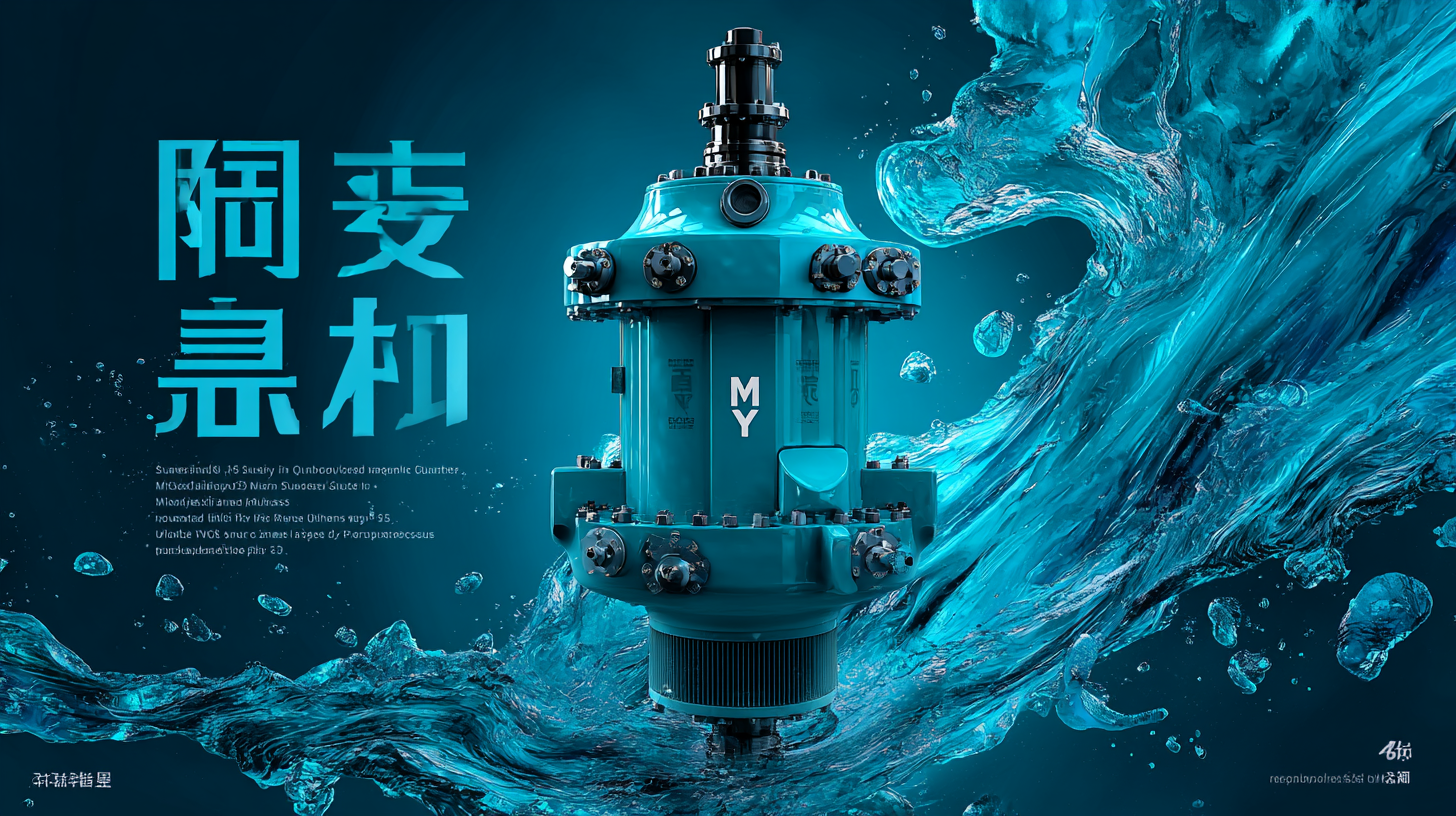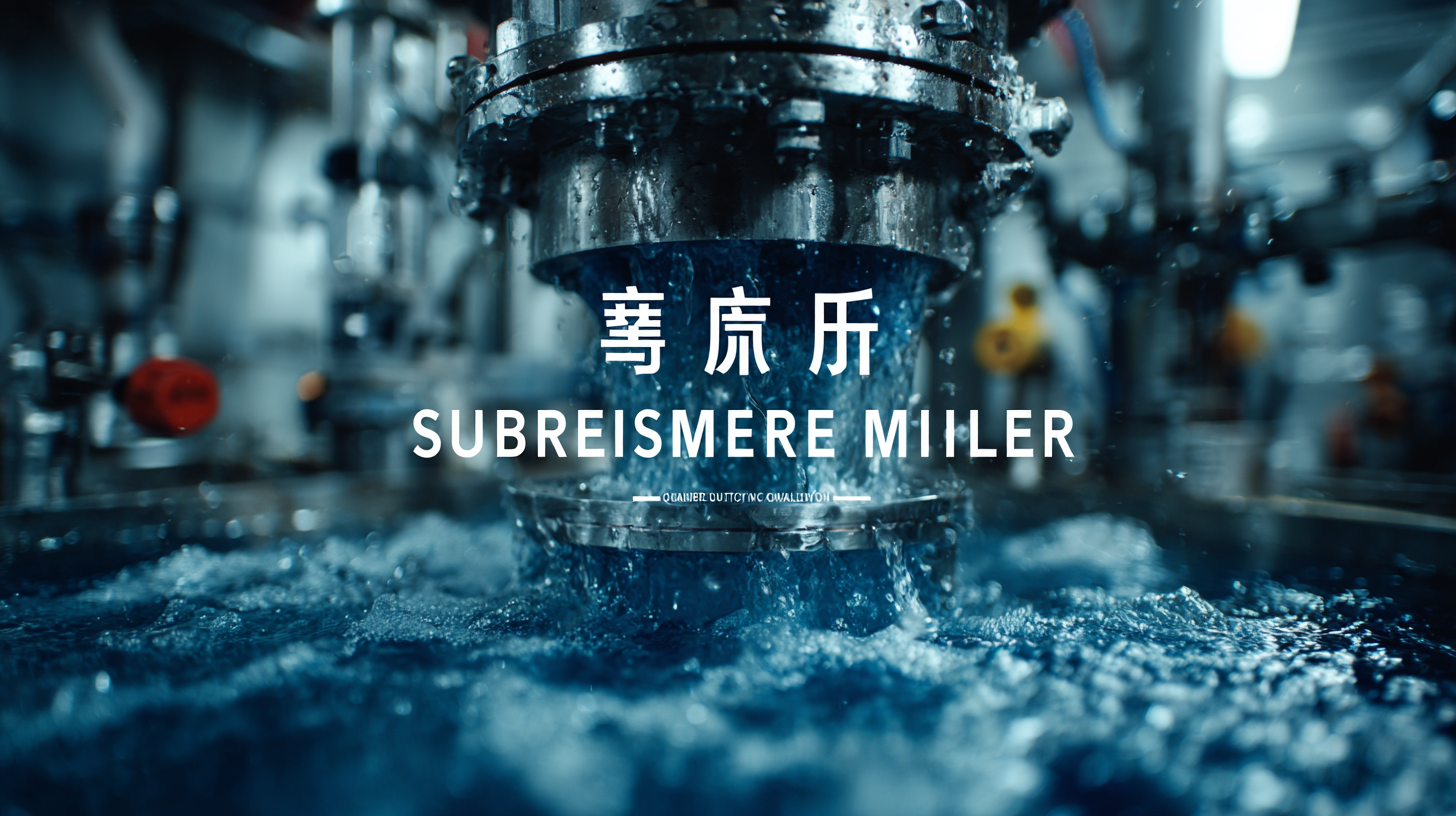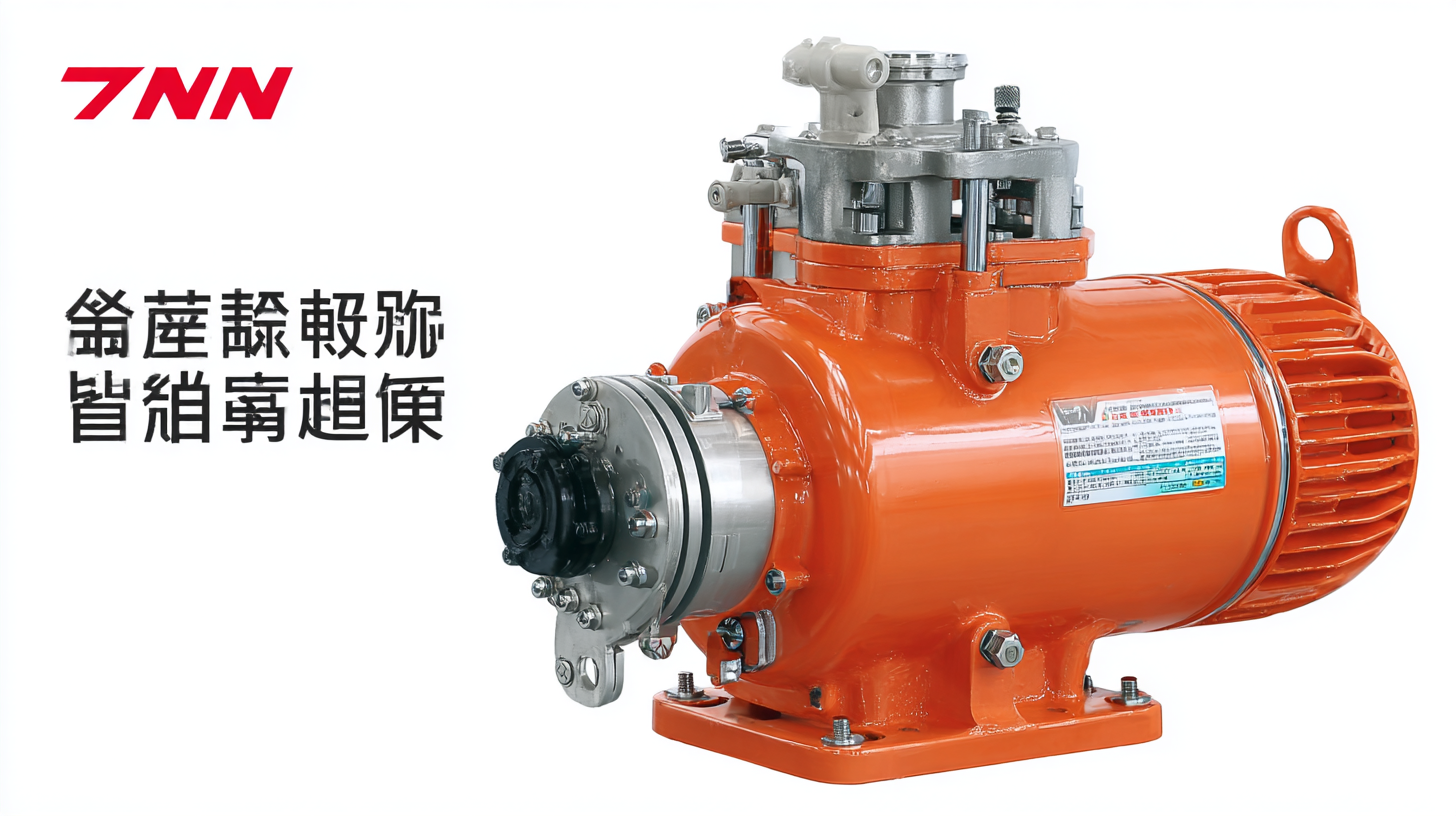 +86 13600513715
+86 13600513715



In recent years, the global demand for high-quality submersible mixers has surged, driven by the expanding wastewater treatment and industrial sectors. According to a report by Market Research Future, the submersible mixer market is projected to reach USD 1.2 billion by 2025, reflecting a compound annual growth rate (CAGR) of 5.6% from 2019.

Chinese manufacturers have emerged as key players in this market, offering unmatched quality and innovation. Various types of submersible mixers are designed to cater to specific applications, including municipal wastewater treatment, food processing, and chemical industries. Their performance, efficiency, and durability make them indispensable in achieving optimal mixing and aeration in submerged environments.
This blog will explore the distinct characteristics and applications of different submersible mixer products, along with a guide on their selection and installation, ensuring that global users can make informed decisions when investing in these essential tools.
When selecting a submersible mixer manufacturer, several critical factors must be carefully evaluated to ensure optimal performance and reliability. First and foremost, the manufacturer’s experience and expertise in the industry play a pivotal role. A long-standing company with a proven history of producing high-quality mixers is likely to have refined their production techniques and quality assurance processes. This experience signifies their ability to tackle various challenges and meet diverse customer needs.
Another essential factor to consider is the range of products offered by the manufacturer. A reputable supplier should provide a variety of submersible mixers designed for different applications, including wastewater treatment, aquaculture, and industrial processes. This variety ensures that customers can find a product that is tailored to their specific requirements. Additionally, evaluating the manufacturer’s commitment to innovation, such as the incorporation of advanced technology and sustainable materials, can further influence your decision, as these elements often lead to more efficient and environmentally-friendly solutions.
In the global market, Chinese manufacturing of submersible mixers has garnered a reputation for delivering unmatched quality. A key aspect that sets Chinese manufacturers apart is their adherence to stringent quality standards, which ensure that products meet both domestic and international requirements. Understanding these standards is crucial for buyers seeking reliable mixing solutions for various applications, from wastewater treatment to chemical processing.
To ensure quality in manufacturing, it is essential to implement rigorous testing protocols. Tip: Always inquire about the quality assurance processes that manufacturers follow, including certifications like ISO 9001, which verify that companies maintain a consistent level of quality in production. Another critical point is the sourcing of raw materials. Tip: Establish clear communication with suppliers regarding the materials used in manufacturing submersible mixers, as this directly impacts durability and performance.
Moreover, quality control does not stop at production; it extends through to after-sales support. Tip: When selecting a manufacturer, evaluate their commitment to customer service and after-sales support, as this can greatly contribute to the overall experience. By understanding these factors, buyers can make informed decisions when sourcing submersible mixers from China, ensuring they receive top-notch products that stand the test of time.
The importance of certifications and compliance in the production of submersible mixers cannot be overstated, particularly when catering to the demanding needs of global markets. As manufacturers strive to maintain unmatched quality, adherence to international standards ensures that products are not only safe but also efficient. For example, reports indicate that compliance with ISO standards can enhance product reliability and customer satisfaction by as much as 30%. This level of assurance is critical for industries where precision and durability are paramount.
 Moreover, much like the plumbing industry that utilizes Point of Use Tempering Mixing Valves to prevent bacterial growth, submersible mixer manufacturers are increasingly aware of the significance of health and safety certifications. Such measures not only protect end users but also reflect a commitment to sustainable practices. According to industry data, companies that prioritize compliance tend to see a 20% reduction in liability claims, illustrating the financial benefits of maintaining rigorous standards.
Moreover, much like the plumbing industry that utilizes Point of Use Tempering Mixing Valves to prevent bacterial growth, submersible mixer manufacturers are increasingly aware of the significance of health and safety certifications. Such measures not only protect end users but also reflect a commitment to sustainable practices. According to industry data, companies that prioritize compliance tend to see a 20% reduction in liability claims, illustrating the financial benefits of maintaining rigorous standards.
Tips:
1. Always verify that the submersible mixers you choose are certified by recognized standards organizations to ensure safety and quality.
2. Consider the long-term benefits of investing in products that comply with stringent environmental regulations, as this can enhance corporate responsibility and brand reputation.
 In the realm of submersible mixers, the integration of advanced technology and innovative design is crucial for meeting the demands of global markets. Recent developments in underwater hyperspectral imaging highlight the importance of improving monitoring and assessment techniques in aquatic environments. Such advancements allow for more accurate surveys of ecosystems, positioning manufacturers to create mixers that not only enhance effectiveness but also align with sustainability goals.
In the realm of submersible mixers, the integration of advanced technology and innovative design is crucial for meeting the demands of global markets. Recent developments in underwater hyperspectral imaging highlight the importance of improving monitoring and assessment techniques in aquatic environments. Such advancements allow for more accurate surveys of ecosystems, positioning manufacturers to create mixers that not only enhance effectiveness but also align with sustainability goals.
When evaluating submersible mixers, consider the following tips: First, assess the mixer’s design for energy efficiency and operational versatility. Modern innovations, such as those seen in the creation of floating photovoltaic systems, illustrate the significance of maximizing utility while minimizing environmental impact. Second, prioritize features that enable rapid deployment and adaptability across various applications. As demonstrated by new technologies in underwater inspections, the ability to swiftly adjust to operational needs enhances overall performance.
Moreover, it’s vital to acknowledge the role of innovation in ensuring that submersible mixers support ecological health. Strategies that mitigate potential harm to marine life, much like the considerations in recent studies on ocean pollution, should be incorporated into the manufacturing process. By fostering a culture of continuous improvement and responsible design, manufacturers can lead the way in producing unmatched quality submersible mixers for use around the globe.
Assessing the reputation and reliability of manufacturers is crucial, especially in the context of Chinese manufacturing of submersible mixers. First, potential buyers should research the manufacturer's history and their experience within the industry. Identifying how long they have been in business can provide insights into their stability and expertise. A manufacturer with a long-standing presence and a solid track record is more likely to deliver high-quality products consistently.
Moreover, reviews and testimonials from previous clients play a significant role in evaluating a manufacturer's reputation. Platforms that facilitate user feedback can be invaluable for gauging customer satisfaction and the overall performance of the products. Engaging directly with current clients can also yield firsthand experiences, shedding light on the manufacturer’s reliability and service quality. Attending industry trade shows and exhibitions is another effective way to meet manufacturers in person and assess their products and capabilities directly, which can help in making an informed decision for procurement.
| Manufacturer Location | Production Capacity (Units/Month) | Years in Business | Quality Certification | Customer Satisfaction Rating | Export Experience (Years) |
|---|---|---|---|---|---|
| Shenzhen | 1500 | 10 | ISO 9001 | 4.5/5 | 7 |
| Shanghai | 2000 | 15 | CE, ISO 14001 | 4.8/5 | 10 |
| Guangzhou | 1200 | 8 | ISO 9001, API | 4.3/5 | 5 |
| Tianjin | 1800 | 20 | ISO 9001, OHSAS 18001 | 4.6/5 | 12 |
| Ningbo | 1750 | 25 | ISO 9001, CE | 4.7/5 | 15 |
